
If you’re sending thousands of products out into the world, the unfortunate reality is that eventually someone will be injured (or will allege they’ve been injured) by a product you’ve sold. The best way to protect yourself and your business from financial ruin is product liability insurance.
Product liability insurance covers you and your business in the event your product causes bodily injury or property damage. Your jewelry could give a customer a rash, your nutritional supplement could make someone lightheaded, or your toy drone could overheat and cause a fire that destroys a customer’s property
Product liability insurance can be sold as a separate policy, but it’s a standard component of a general liability insurance policy, which every business should have.
Table of Contents
Who Needs Product Liability Insurance?

If you sell products online, you need product liability insurance. In our forums, our members have shared horror stories of serial litigants, spiraling legal bills, and demand letters from lawyers demanding millions. Insurance at least gives you some piece of mind when you’re facing a lawsuit
As with general liability insurance, product liability insurance is table stakes for the eCommerce industry. You won’t be able to sell on Amazon, Target, or many other marketplaces without product liability insurance, and national retailers require it before considering your product.
Most lawsuits seek tens of thousands of dollars in relief, and sometimes well into six-figures if there is a wrongful death or the property damage is severe.
The numbers at the high end can be shocking; Johnson & Johnson was ordered to pay $2.1 billion over claims that its talcum powder caused cancer. But the median values are still enough to ruin most businesses; product liability suits that went to jury trials in 2020 had an average award of $7 million. And the average legal fees in 2020 for defending a lawsuit over a customer injured by a product were over $600,000.
Those who have been sued (or even threatened) know how hard it can be emotionally and mentally. Lawsuits are taxing and can be particularly hard on small businesses..
–ECF Member
? Pro tip: Digital products are not covered under product liability. If you sell a software solution, an app, or even a digital download like an ebook, you need professional liability insurance to be protected from lawsuits over the failure of your product costing someone money. Similarly, data breaches that harm your customers are covered under cyber liability insurance, which is a separate policy.
What Does Product Liability Insurance Cover?
The right insurance policy protects you from a wide range of legal risks related to your products:
- Design Defects in Your Products: These could be defects introduced during your design process, say an improper supplement formulation, or manufacturing defects such as your supplier adding the wrong ingredients to your supplement.
- Improper Labeling or Instructions: If you neglect to note that your product is not intended for use by children, or you don’t properly explain in your instruction manual how to install your product, you can be found liable.
- “Strict” Liability: Even if your product is designed properly, and delivered to the customer free of defects, and you label everything correctly, and you include thorough instructions, you can still be found liable if the customer suffers an injury or property damage. This is why you need insurance!
If your company is sued, your insurance company will leap into action and you’ll be covered across these areas:
- Legal Fees: Your insurer will handle your legal fees, and in most cases will take over your defense with their own lawyers.
- Settlement Costs: Most product liability suits end in a settlement to cover the harm suffered by the injured party and your insurance company is responsible for this cost, up to your policy maximum.
- Court-ordered judgments: If you go through the legal process instead of settling and lose the case, your insurance is on the hook for paying out the judgment, which usually includes medical expenses, emotional distress, and other harms.
Caveats and Carve-Outs with Product Liability Insurance

Even if you have product liability insurance coverage, there are other important factors to keep in mind to make sure you’re actually as protected as possible.
Coverage Limits

A standard business insurance policy will have a $1 million cap per occurrence and a $2 million cap per year. This means that for any individual claim, the most your insurer will cover is $1 million of losses. It is becoming more common for insurers to include legal defense costs inside the policy limit. If you’re sued and settle for $800,000, and the insurance company spends $300,000 on legal defense, you’re on the hook for $100,000.
? Pro tip: To determine if legal costs are considering “inside” or “outside” your limit, look through your policy for terminology such as “the costs of defense are included inside Policy Limits” or “the amount available to pay a judgment will not be reduced by any costs incurred in defending the claim.” You should also inquire where legal costs fall when first signing up for a policy.
The $2 million annual cap applies to all claims during the year, and it doesn’t just apply to product liability claims. If, in a very unlucky year, you’re both sued for $1 million and your warehouse burns down, destroying $2 million of your inventory and equipment, you’re now $1 million past your limit.
If your product has any risk of leading to serious injury or death, particularly if it is intended for use by children or babies, you should consider carrying a policy with higher coverage limits, such as $2 million per occurrence and $4 million annually.
Higher limits are much more expensive, though, and a cheaper option would be pairing a standard $1 million/$2 million cap with an umbrella policy on top to cover a “black swan” event such as two large claims in a single year.
Risks that are Not Covered by Product Liability Insurance
It can be tricky keeping straight which harms or injuries caused by your business are covered by product liability insurance, so here is a list of liability risks which are beyond the scope of product liability insurance:
- Injuries to your employees: Your employees are covered under Workers’ Compensation, which all businesses are legally required to have in order to provide benefits for employee injuries.
- Injuries or harms from the actions of you or your employees: These should be covered under your general liability policy, which you will likely purchase together with your product liability coverage.
- “Advertising” injuries: These are non-physical injuries such as slander, libel, invasion of privacy, and copyright or trademark infringement. These will also be covered under your general liability coverage.
If you have a product liability policy you’ll almost certainly have coverage for these items, but it’s important to know the scope of each type of injury as you may have different coverage limits for each in your policy.
Keep Your Insurer Up-to-Date on Your Business
When you sign up for product liability insurance, your insurer will ask you a series of questions, such as the products you sell, where and how they are manufactured, and your annual revenue. After this initial conversation, you’ll be asked to reverify these answers each year when your policy renews.
If, when you signed up for insurance, you were selling Japanese-inspired stationery, but six months later you decide to introduce a line of katana swords, you should run it by your insurance company. If you’re sued for a product that’s wildly different (and more dangerous) than what your insurer signed you up for, they could argue that your policy doesn’t cover it.
Similarly, if your revenue scales up dramatically, reach out to your insurance company. Perhaps in October when you launched your product and obtained insurance, you were estimating $100,000 of annual revenue for your workout band product. But six months later your product has blown up on TikTok and you’re instead pacing for $2 million in first-year revenue.
Greater product sales increase your chance of being sued, so you should keep your insurance company in the loop if there is a dramatic upswing in revenue.
Recall Costs are Not Covered

A product liability lawsuit can reveal a dangerous flaw in a product that is so severe that it must be pulled from the market. Imagine a nutritional supplement which is found to contain 10x the safe dosage of a compound due to an error by the manufacturer. Or a baby crib which will eventually collapse due to a faulty screw.
In these cases, a court may order a company to not only stop selling the product and pull it from store shelves, but also to reach out to each and every customer known to have the product and offer them a refund and instruct them to stop using it immediately. The logistical cost of customer outreach, disposal, and the purchases refunded or replaced can be staggering, and they are not covered by product liability insurance.
If you sell a product that could be recalled, such as food and beverages, a toy or children’s product, or any battery-powered device, you should obtain product recall insurance. Product recall costs are likely to be more than any small business can afford, so product recall insurance is a necessary additional piece of financial protection if you’re in a category that carries this risk.
Corporate Conduct Could Cost You
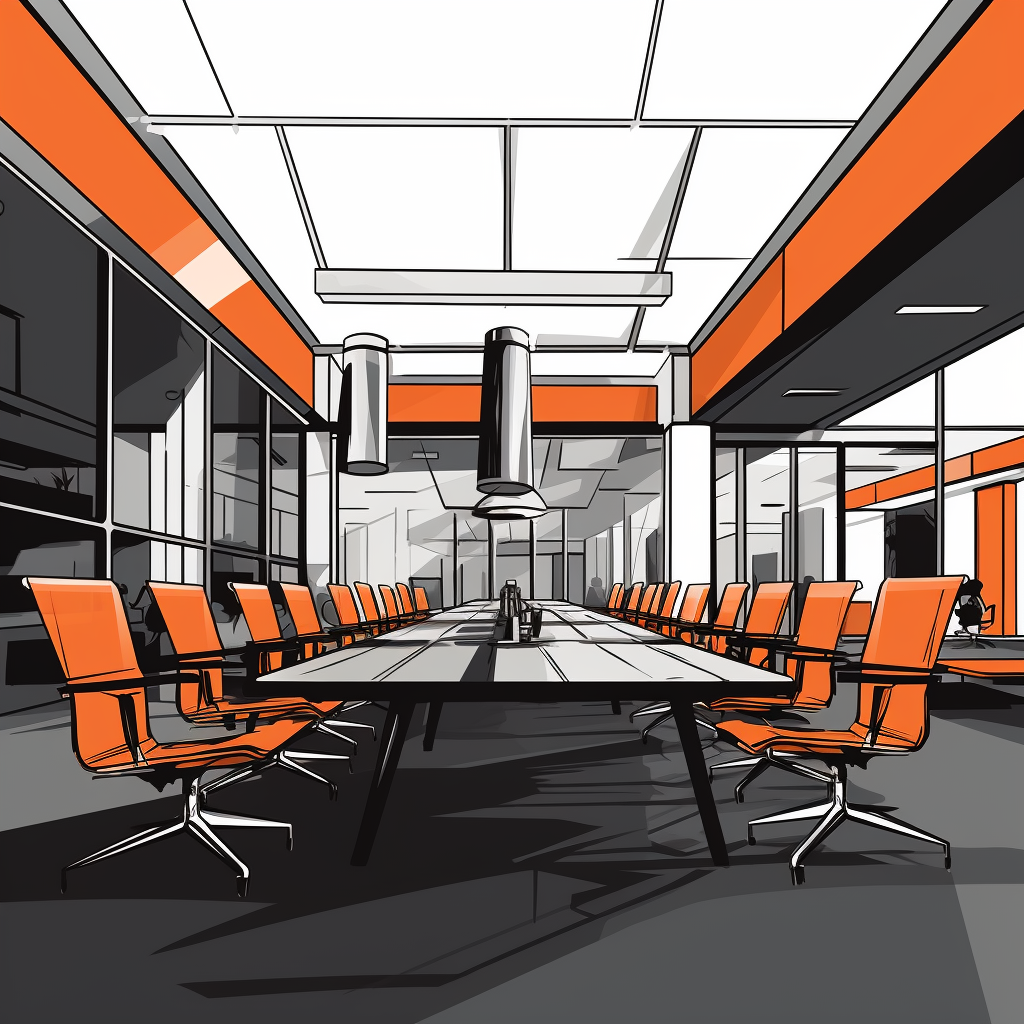
Imagine the worst possible product liability outcome: you are sued and your legal costs and judgment exceed your coverage cap by $1 million. Your business has $50,000 of cash and receivables, and $100,000 of inventory. So your business declares bankruptcy, the assets of the business are auctioned off, the proceeds are given to the injured party and the lawyers, and you move on, right?
Not necessarily. The creditors can come after your personal assets if they’re able to pierce the corporate veil. A central component of the corporate structure in the United States is limited liability, meaning that business debts don’t apply to the shareholders.
But business owners can find themselves personally liable for product liability judgments in a few situations:
- Fraud: If you’ve knowingly concealed or downplayed the risks of your product, a court can rule that limited liability protection has been forfeited.
- Intermingling of Assets: If you’ve mixed your personal finances with your business (say by paying your personal mortgage out of your business bank account), a court can find that your business isn’t distinct from your personal assets.
- Improper capitalization: If you’re selling a product that carries a high liability risk and you’re both under-insured and not keeping enough cash in the business, a court can go after personal funds that you’ve pulled out of the business, particularly if your draw can be seen as excessive.
It’s a high bar to pierce the corporate veil, but taking corporate ethics and rules seriously can protect your personal wealth in the event of a massive product liability judgment.
How Much Does Product Liability Insurance Cost, and Why?
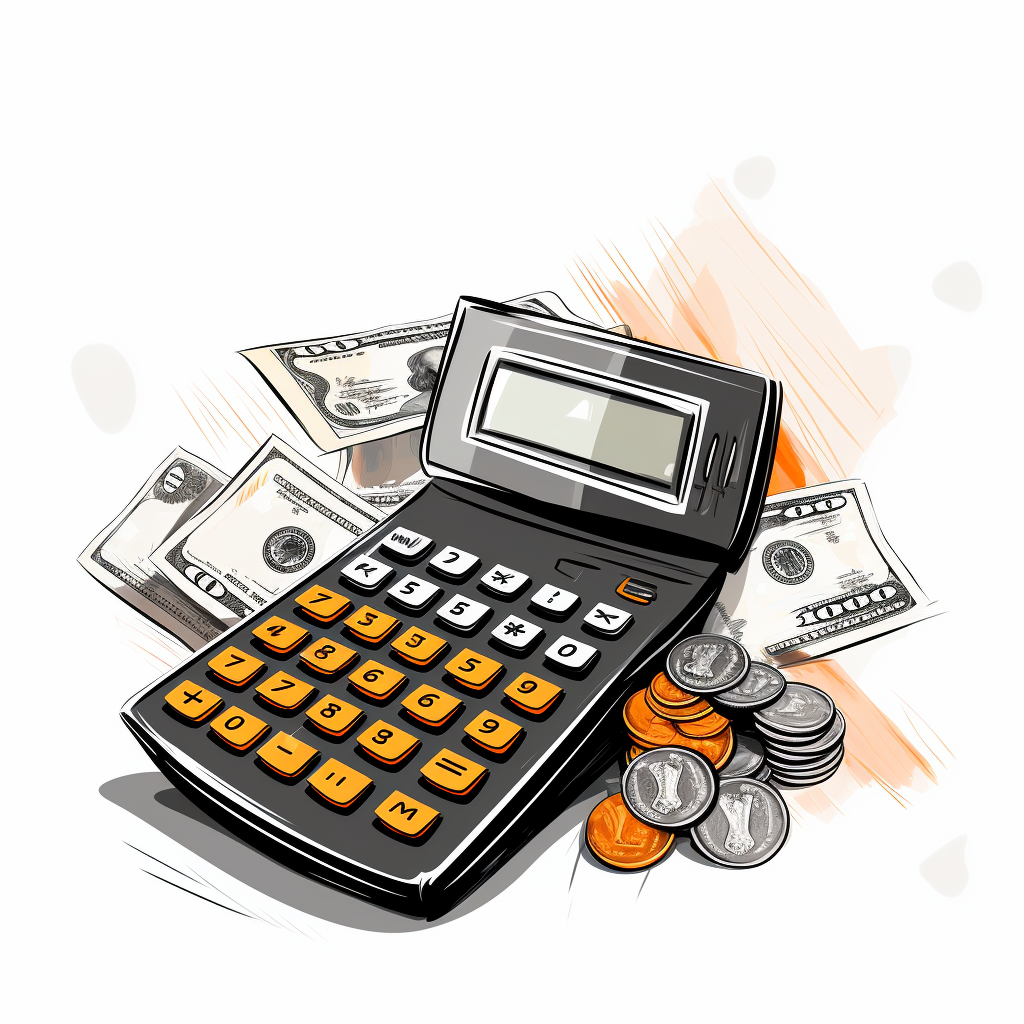
Because product liability insurance is almost always purchased as part of a general liability policy, the same factors that affect your general liability insurance cost will come into play here, too.
An “average” eCommerce company with $2 million in sales and a not-especially dangerous product will likely spend $3,000 to $4,000 annually on commercial insurance, which includes general liability, property coverage, and product liability insurance. That said, a company doing just $500,000 in annual sales and selling a baby product could have an annual all-in commercial insurance cost of $15,000.
Below are the factors that can contribute to higher product liability insurance costs.
Product Risks
According to data collected from hospital emergency rooms, products broadly in the “home” category caused 2.8 million injuries in 2021. Of course, most products purchased by consumers are in the home category, and the incidence isn’t the same across all of them. These are the products with the highest product liability risks:
Toys and other products for children
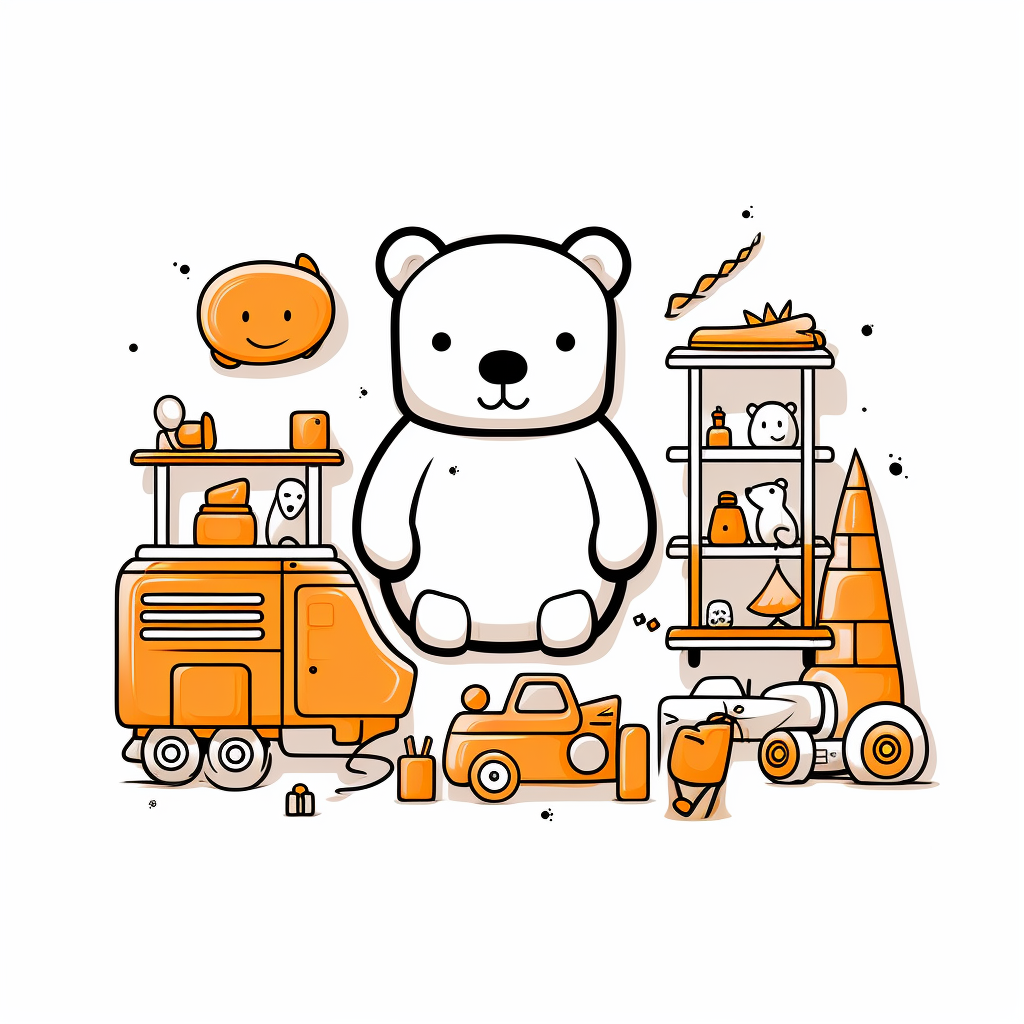
Children can be injured by almost any product. They can choke on small parts, or parts that break off your product. They can suffocate due to loose fabric, rope, or string. They can be cut if your product breaks. They can swallow parts of your product and suffer internal injuries.
Non-prescription health products (supplements, skin care products, vitamins)
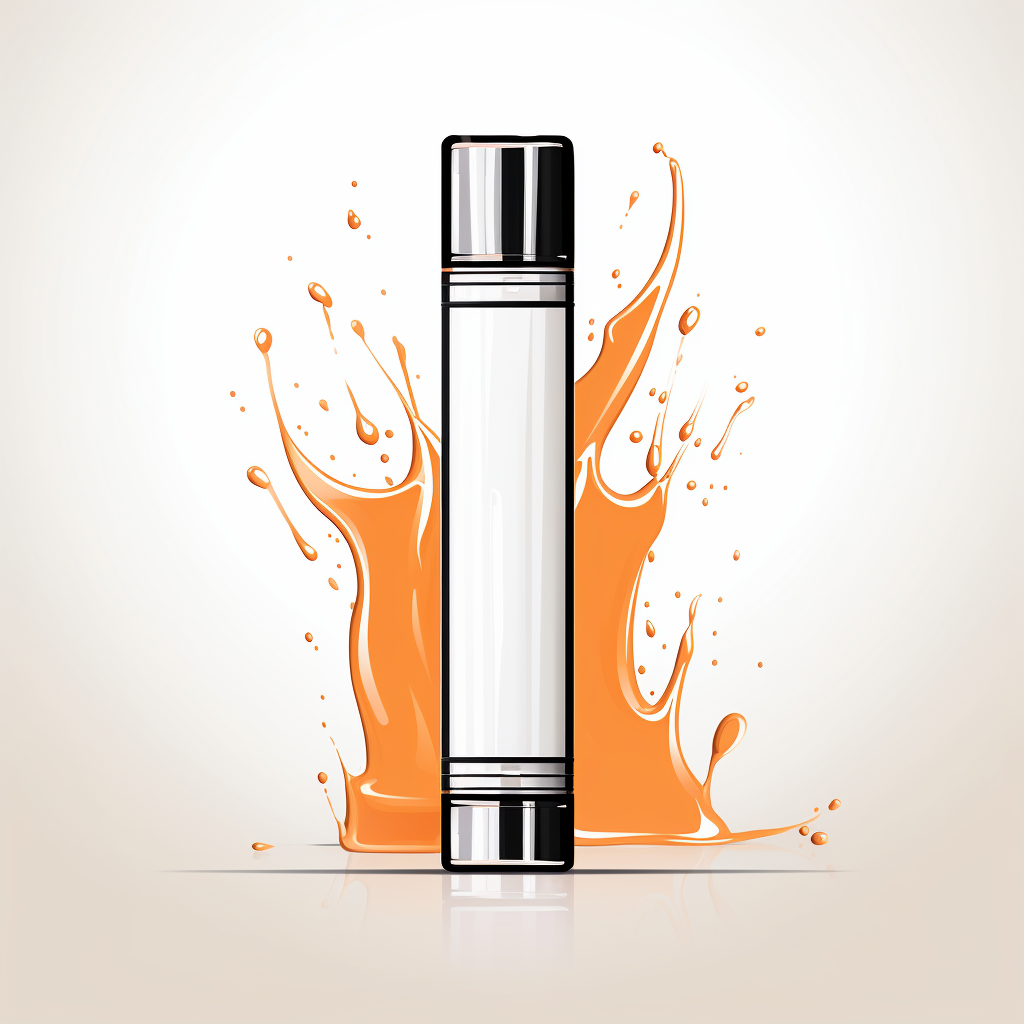
Anything promising a health benefit to consumers can easily lead to customer harm due to the possibility of an adverse reaction. Your fish oil supplement could trigger a serious allergic reaction, or your moisturizer could cause an unsightly rash.
These outcomes could just be unlucky, as it’s impossible to predict how every human body will react to every product, but it could also be the fault of your manufacturing partner. Sloppy controls could contaminate your product, or your manufacturer could be substituting cheaper ingredients into your product without your knowledge.
Food and beverage
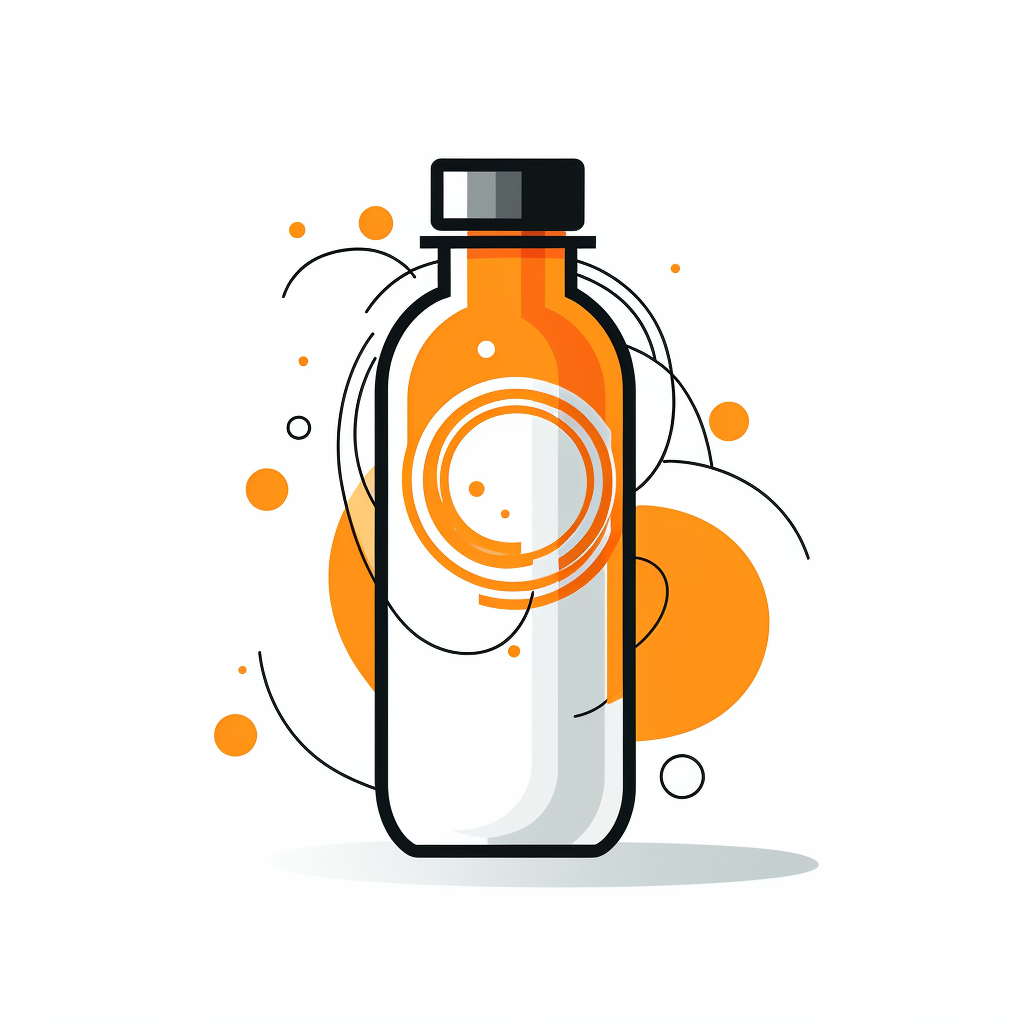
Like supplements, food and beverage products are ingested and thus carry an adverse reaction risk. There is also a risk of product contamination, from botulism in improperly canned goods to salmonella and hepatitis risks. One of the most infamous, and misunderstood, product liability cases in history involved a too-hot cup of coffee.
Sports Equipment
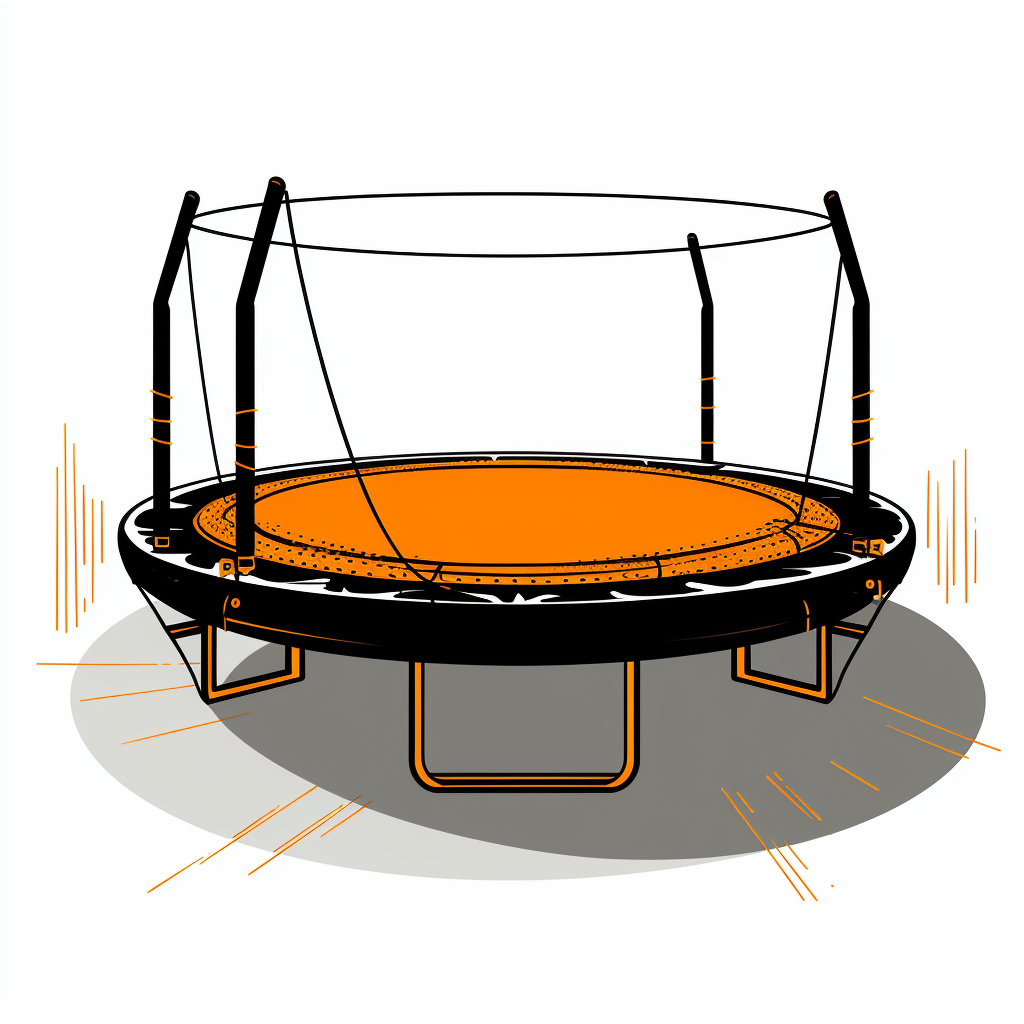
There are millions of emergency room visits each year due to sports-related injuries. The single most dangerous piece of sports equipment, the trampoline, is responsible for over 100,000 ER visits per year on its own.
While there is some assumption of risk when partaking in a sport, if your product fails and causes an injury, you could be found liable. Some of the most common sports-related product liability lawsuits arise from protective equipment, such as helmets and masks, failing to adequately protect a participant from injury.
Electronic Devices
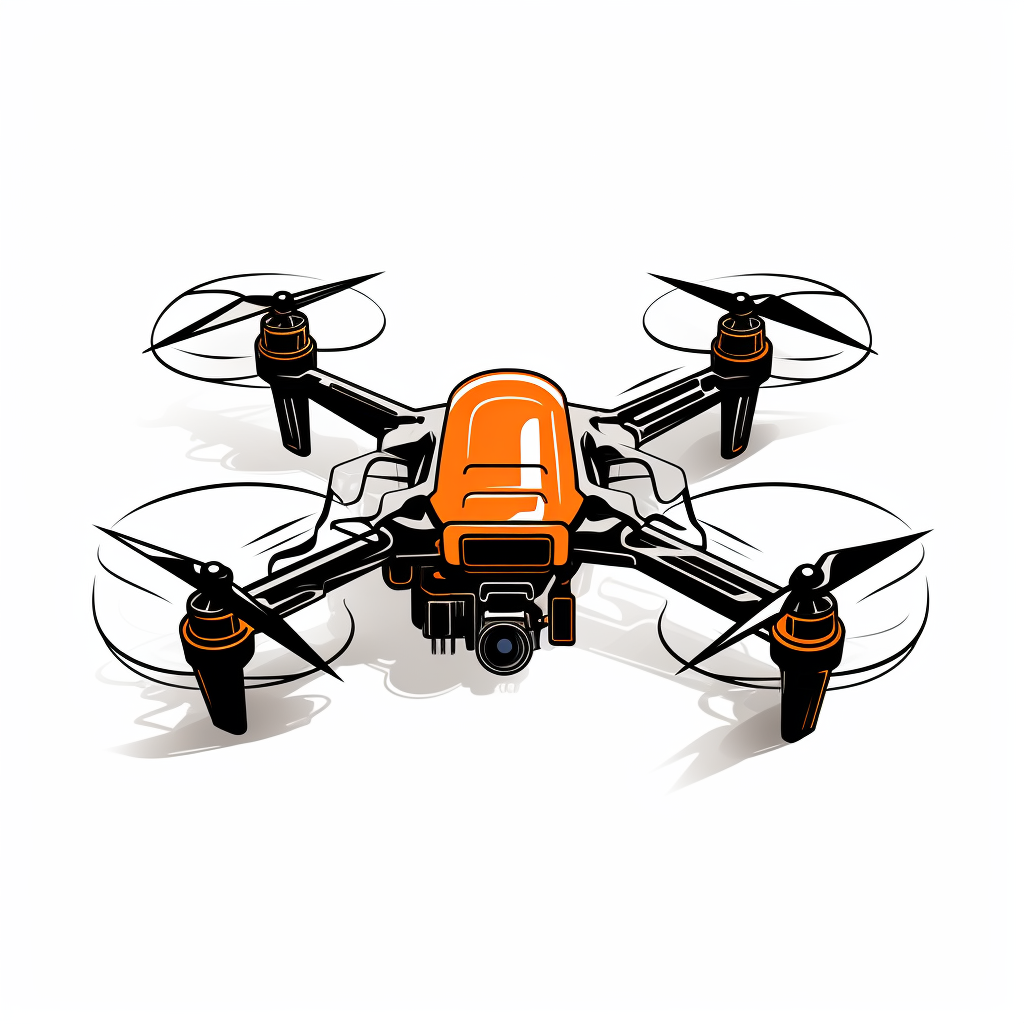
Any electronic product that plugs into a wall or includes a rechargeable battery can cause a fire if it fails. House fires are devastating in terms of both loss of life and loss of property.
Your Claims History

If you’ve been named previously in a product liability claim, your insurance cost will rise, sometimes dramatically. An insurance provider will consider your prior claims when figuring your product liability premiums, and if you have an excessive number of lawsuits related to your products you could even find your business uninsurable.
Your Revenue
The more products a company sells, the greater the likelihood of a customer being injured by a product.
How to Get Product Liability Coverage
Product liability insurance is sold as part of a general liability policy, and sometimes referred to as personal and advertising injury coverage.
You can obtain product liability insurance quotes the same way you obtain commercial business insurance: you can go directly to an insurance company, you can utilize an insurance marketplace, or you can use an insurance broker.
Because commercial insurance is sold as a package, it is tricky to obtain a product liability insurance quote on its own. But when shopping for a policy you can ask insurance providers to roughly break down the various components of your quote so you can have a sense of how much the product liability portion is costing you.
How to Minimize Your Product Liability Risks
Some product liability lawsuits are unavoidable. Not every risk can be foreseen or prevented, and some consumers are especially litigious. That said, there are a few tactics that can head off potential claims or put you in position to get a more favorable outcome when litigation occurs.
Supply Adequate Warnings
If your product contains rare-earth magnets, include a card warning parents of the dangers these can cause if swallowed. If your packaging includes plastic bags which are large enough to fit a child’s head, include a suffocation warning. These common sense measures can not only save a life, but they can also protect you in the event that you are sued.
Courts have recognized that manufacturers have a duty to warn of the hidden dangers of a product that could cause physical harm, and also a duty to instruct users on how to avoid those dangers. The American National Standards Institute provides guidelines on how to format warning labels.
Vet Your Suppliers and Manufacturers
When you begin working with a supplier, ask for their relevant certifications. Are they Prop 65 certified? If you’re selling children’s sleepwear, does your manufacturer warrant that their products meet flame-resistance standards? Has your supplier ever been named in litigation over defective products, and were they held liable?
Final Thoughts: Product Liability Insurance is Your Business’ Kevlar
By selling products you’re opening up your business to litigation, but with the right insurance plan and procedures you’ll be able to survive a product liability lawsuit.
Want access to 250 legal discussions?
Want stay ahead of legal, and non-legal threats to your business? You’ll find that in the ECF community. You can learn more about the community or apply to join today.
Join and get advice from over 1,000 eCommerce owners who’ve been through product liability lawsuits, as well as legal guidance and best practices to head off future claims.



![15+ Top Black Friday & Cyber Monday Deals for Developers and Designers [2023]](https://wiredgorilla.com/wp-content/uploads/2023/11/15-top-black-friday-cyber-monday-deals-for-developers-and-designers-2023.jpg 1460w, https://wiredgorilla.com/wp-content/uploads/2023/11/15-top-black-friday-cyber-monday-deals-for-developers-and-designers-2023-300x168.jpg 300w, https://wiredgorilla.com/wp-content/uploads/2023/11/15-top-black-friday-cyber-monday-deals-for-developers-and-designers-2023-1024x575.jpg 1024w, https://wiredgorilla.com/wp-content/uploads/2023/11/15-top-black-friday-cyber-monday-deals-for-developers-and-designers-2023-768x431.jpg 768w)